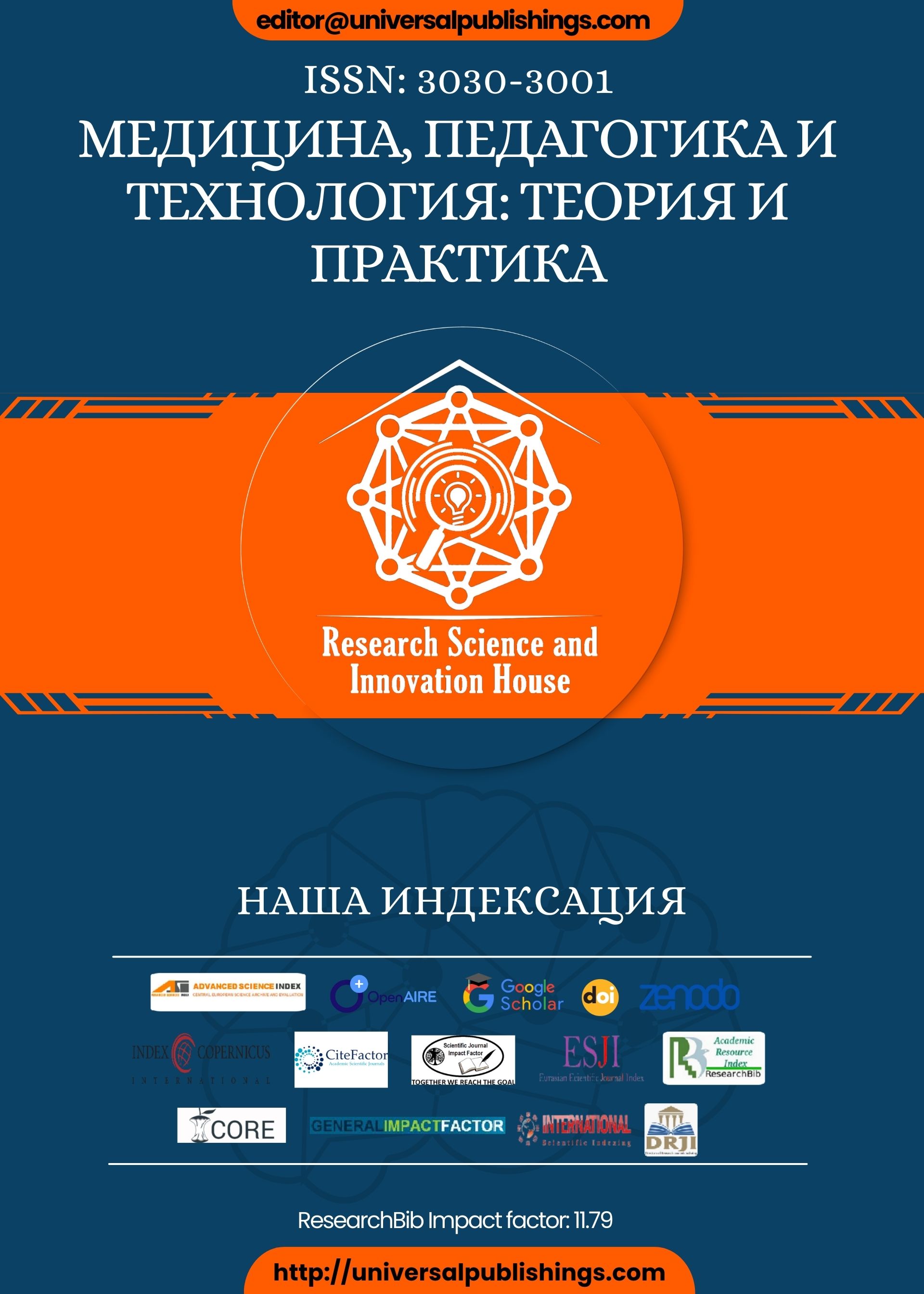Abstract
This article aims to explore the pedagogical foundations essential for the successful adaptation of foreign teaching experience in the context of English language instruction at non-linguistic universities. With a focus on the challenges and opportunities presented by this unique setting, the study seeks to identify effective strategies that can be employed to enhance the quality of EFL education. The exploration involves an analysis of foreign teaching methods, their alignment with the specific needs of non-linguistic disciplines, and the potential impact on students' language proficiency and cross-cultural competence. The findings contribute to the ongoing discourse on optimizing language instruction within the diverse landscape of non-linguistic university settings.
References
Brown, H. D. (2007). Principles of Language Learning and Teaching. Pearson Education.
Flowerdew, J., & Miller, L. (2005). Second Language Listening: Theory and Practice. Cambridge University Press.
Larsen-Freeman, D. (2000). Techniques and Principles in Language Teaching. Oxford University Press.
Richards, J. C., & Rodgers, T. S. (2014). Approaches and Methods in Language Teaching. Cambridge University Press.
Scrivener, J. (2011). Learning Teaching: The Essential Guide to English Language Teaching. Macmillan Education.
Nunan, D. (2003). Practical English Language Teaching. McGraw-Hill Education.
Kumaravadivelu, B. (2003). Beyond Methods: Macrostrategies for Language Teaching. Yale University Press.
Harmer, J. (2007). The Practice of English Language Teaching. Pearson Education.
Celce-Murcia, M., Brinton, D. M., & Snow, M. A. (2014). Teaching English as a Second or Foreign Language. Cengage Learning.
Freeman, D., & Anderson, M. (2011). Research on Second Language Teacher Education: A Sociocultural Perspective on Professional Development. Routledge.

